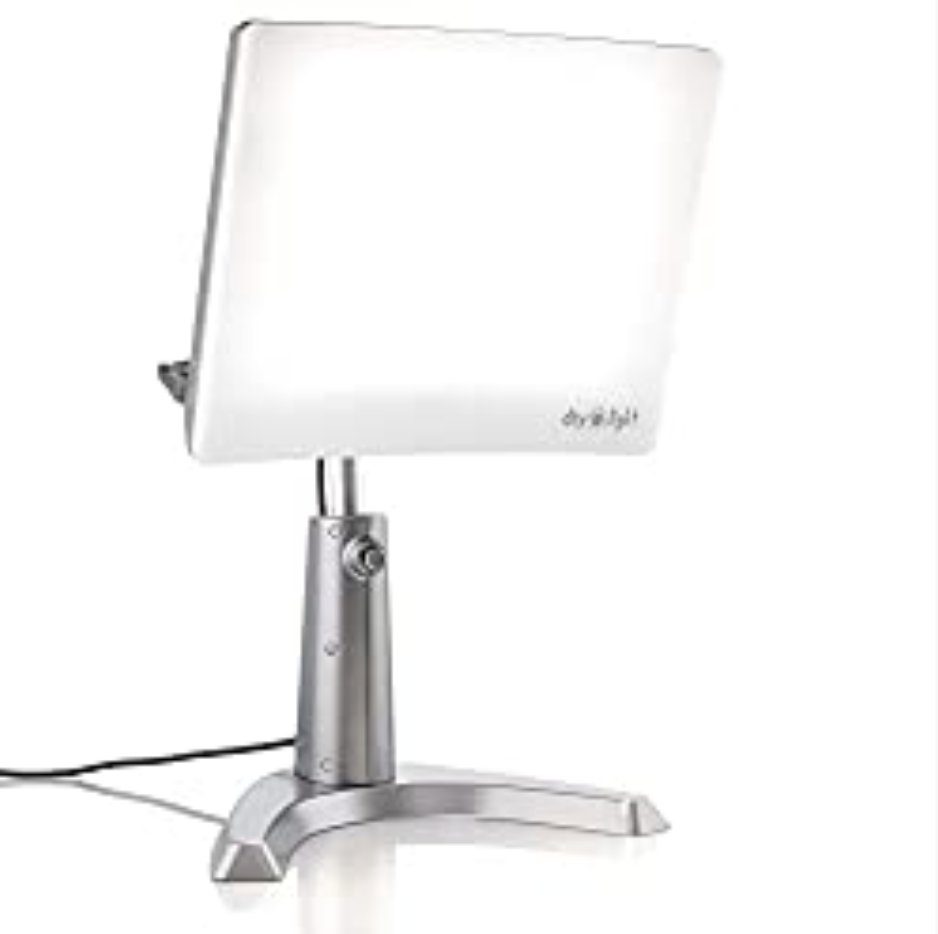Lifestyle Support for Seasonal Affective Disorder
While the pandemic has many of us feeling stressed and isolated, many of us are also confronting the long gray days of winter which may also be taking a toll on our mood. If you struggle with a low mood every winter, these strategies may make this winter a bit brighter.
What is Seasonal Affective Disorder (SAD)?
Seasonal affective disorder (SAD) is a mood disorder with depressive symptoms that occurs at specific times of year and fully resolves at other times of year. Most SAD occurs in the fall and winter. The cause of SAD is not fully understood, but theories implicate a shift in the circadian rhythm and alterations in serotonin in the brain as potential triggers. If you struggle with SAD, know that you are not alone. SAD affects 0.5% to 2.4% of the population at some point during their lifetime. Additionally, ten to 20% of people struggling with major depression will have a seasonal pattern consistent with SAD.
What are the risk factors for SAD?
Evidence for risk factors is limited, but some data suggests that family history, being female, younger adulthood, and living at a more northern latitude may increase your risk.
What are the symptoms of SAD?
SAD is a subtype of major depressive disorder. Symptoms include fatigue, loss of interest or pleasure in activities, mood swings, sadness, hopelessness, and social withdrawal among others. Recent studies suggest that SAD may have additional symptoms, including excessive sleepiness, increased appetite especially carbohydrate craving, and weight gain.
How can SAD be treated?
I recommend starting with a proper diagnosis. Before starting treatment, I recommend talking with Relish Health or your trusted healthcare provider about your symptoms. Ruling out underlying physical conditions such as anemia, vitamin deficiencies, hormone imbalances or other medical conditions is important for addressing the root cause of your mood.
Natural ways to improve SAD include:
Light Therapy, also called phototherapy, is a well-documented way to improve SAD. The therapy involves sitting a few feet from a special “light box” that exposures you to bright light within the first hour of waking each day. The recommended intensity of light is 2,500-10,000 lux. The time in front of the lamp will depend on the manufacture’s specification and your response to the light. Light boxes are about 20 times brighter than ordinary indoor light. They filter out the potentially damaging UV light, making them a safe treatment for most people. However, people with certain eye diseases or people taking certain medications that increase sensitivity to sunlight may need to use alternative treatments or use light therapy under medical supervision. Light therapy mimics natural outdoor light and appears to cause a change in brain chemicals linked to mood. Light therapy is one of the first line treatments for fall-onset SAD. It generally starts working in a few days to a few weeks.
Psychotherapy, also called talk therapy or cognitive behavior therapy, is another option to treat SAD. A trained metal health professional can help you identify and change negative thoughts and behaviors that may be making you feel worse. Optimizing stress management and learning healthy ways to cope with SAD can do wonders for your mood and long-term mental health.
Optimize vitamin D. Because many people with SAD often have vitamin D deficiency, nutritional supplements of vitamin D may help improve their symptoms. However, studies testing whether vitamin D is effective in SAD treatment have produced mixed findings, with some results indicating that it is as effective as light therapy but others detecting no effect.
Eat an anti-inflammatory diet. A nourished brain is a resilient brain. We need to consume several vitamins, minerals, fats, and antioxidants to feel our best, and the only way to authentically do that is with real food. Eat a balance of vegetables, well-sourced fish and poultry, starchy tubers (potatoes, sweet potatoes), fermented foods (sauerkraut, yogurt), nuts, seeds, fruits, and plenty of healthy fats such as olive oil, avocado, coconut oil, and fatty fish like salmon or sardines. If you think you are suffering from SAD, then avoid sugar, refined carbs (i.e., bread, crackers, pasta, cookies), and inflammatory oils, such as canola oil and see if this makes any difference in your mood.
Keep moving. Commit to doing something quick, free, easy, convenient, and pleasant for a least a few minutes most days of the week. Exercise is like medicine. Even small amounts can deliver antidepressant benefits. I assure you doing something—no matter how small—is so much better than nothing.
Medicate or supplement wisely. Because SAD, like other types of depression, is associated with disturbances in serotonin activity, antidepressant medications or targeted supplements have their place in treatment regimens. I always recommend starting with good nourishment and self-care but talk to your healthcare provider or Relish Health if additional support is needed.
Learn more:
LIFESTYLE TIPS TO EASE YOUR ANXIETY
USE YOUR FORK TO IMPROVE YOUR FEELINGS
GOOD MOOD FOOD
References:
Galima SV, Vogel SR, Kowalski AW. Seasonal Affective Disorder: Common Questions and Answers. Am Fam Physician. 2020 Dec 1;102(11):668-672. PMID: 33252911.
Campbell PD, Miller AM, Woesner ME. Bright Light Therapy: Seasonal Affective Disorder and Beyond. Einstein J Biol Med. 2017;32:E13-E25.
MayoClinic.org. Seasonal affective disorder (SAD), Last accessed 2/10/2021.
The National Institute of Mental Health. Seasonal Affective Disorder. NIH Publication No. 20-MH-8138. Last accesses 2/10/21.
(This blog post is not sponsored by any manufacturer. However, at no expense to you, Relish Health may receive a commission on purchases made through an Amazon link.)


